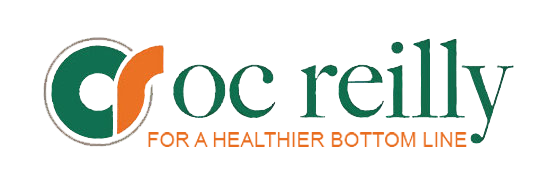By George M. Vunovic, Executive Vice President, Technology, OCR Medical Equipment Management, LLC and OC Reilly, Inc.
(Feb. 16, 2020)–Chesapeake Regional Health (CRH), a multiple hospital (and expanding) health system delivering an extensive offering of excellent patient care, had used high-cost products and medical equipment, dramatically affecting its financial bottom-line.
Leadership at CRH realized the financial stress created by costs associated with Medical Equipment Management (MEM™) technical service and product choices but were not sure how to address them in the most effective manner. They asked OCR Medical Equipment Management (OCR MEM) to assist.
“We had determined that as a result of our 100% dependency on external and expensive medical equipment vendor services and scale, there was an opportunity to significantly reduce our medical equipment management costs,” said Amber L. Egyud, DNP, RN, Chief Operating and Nursing Officer at CRH.
Drawing on its national and regional resources, OC Reilly’s team recommended that CRH consider “in sourcing” biomedical engineering across the enterprise while partnering with other major OEM’s to deliver the higher-end imaging services for the system hospitals and surgical services off-site locations. This determined appropriate levels of medical equipment technical support without compromising quality. OCR MEM also assessed CRH’s purchased maintenance contract spend, identifying options to lower costs in the maintenance and repair of these expensive assets and services.
“OCR MEM provided us with valuable market intelligence, physician engagement skills, and vendor negotiating expertise that enabled us to successfully re-engineer our approach to medical equipment management,” Egyud added. “By virtue of designing an in-house Biomed program in concert with enhanced oversight with regard to Original Equipment Manufacturer (OEM) services, we were able to achieve significant savings while maintaining outstanding quality care.”
Through the OCR MEM’s proprietary assessment and validation process, CRH determined its “total cost of ownership” to support its existing fleet of medical devices. Instituting these recommendations required a concerted effort on the part of CRH, particularly its physicians and the executive leadership, to convert to a re-engineered service delivery model. The combined efforts succeeded, while significantly reducing spend.
Also, by re-negotiating its medical equipment maintenance contracts, CRH dramatically reduced costs without any changes to equipment coverage or uptime. The technical services and sourcing initiatives identified by OCR MEM improved the health system’s annual bottom-line results by an estimated $1.2 million dollars annually – proving that quality care and cost efficiency can indeed co-exist.
© 2020 OCR Medical Equipment Management LLC
